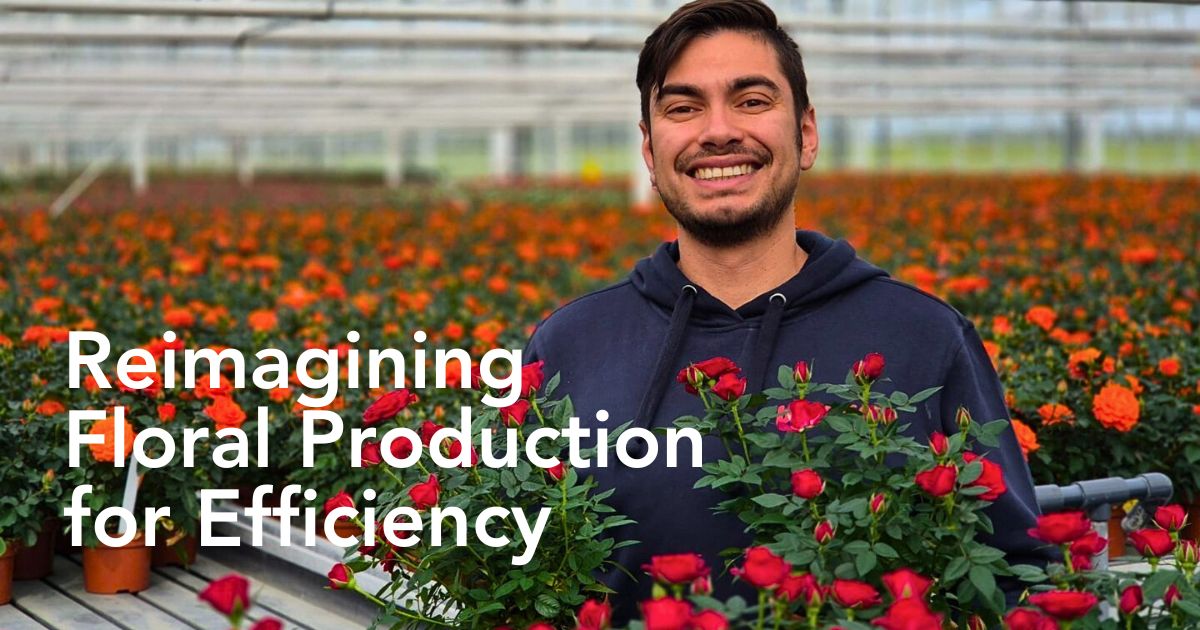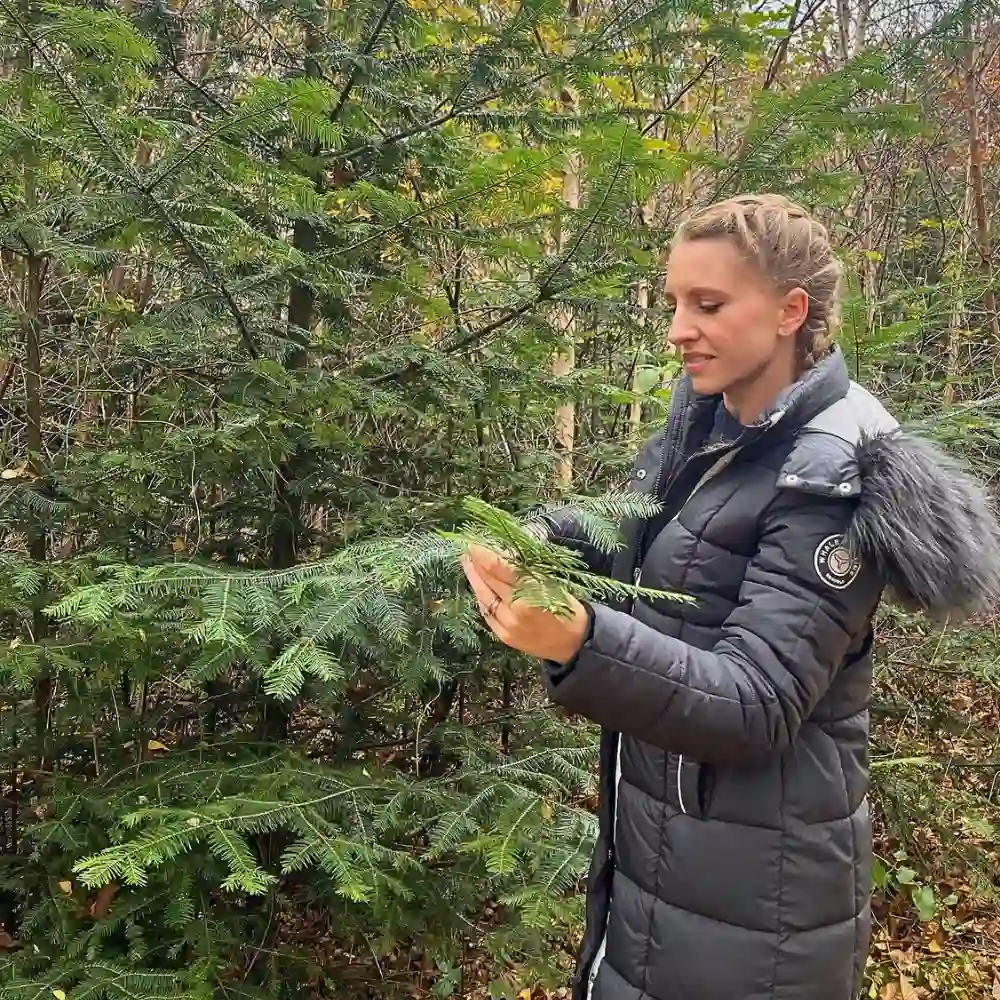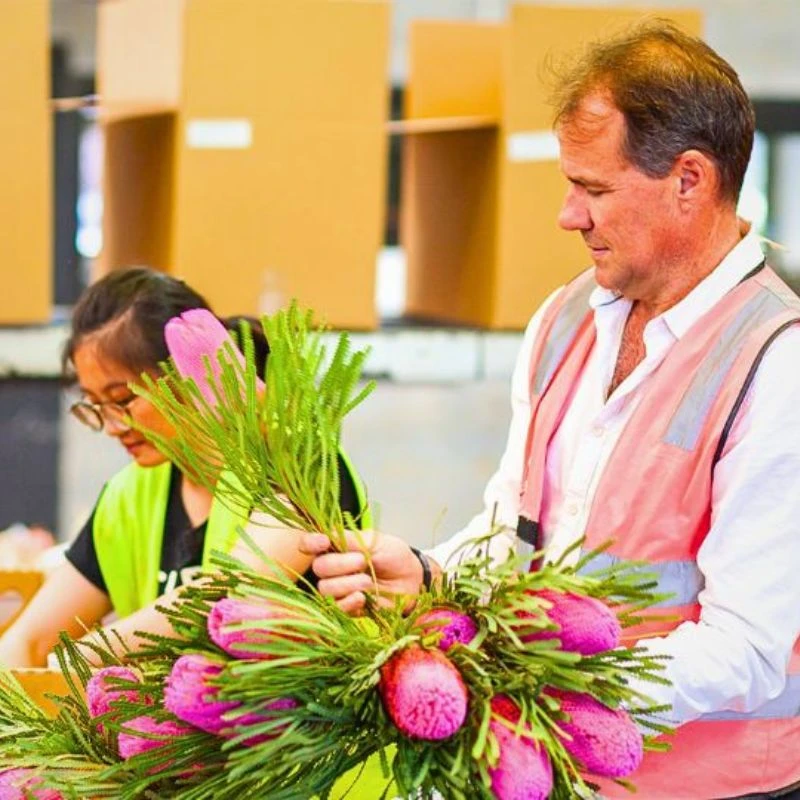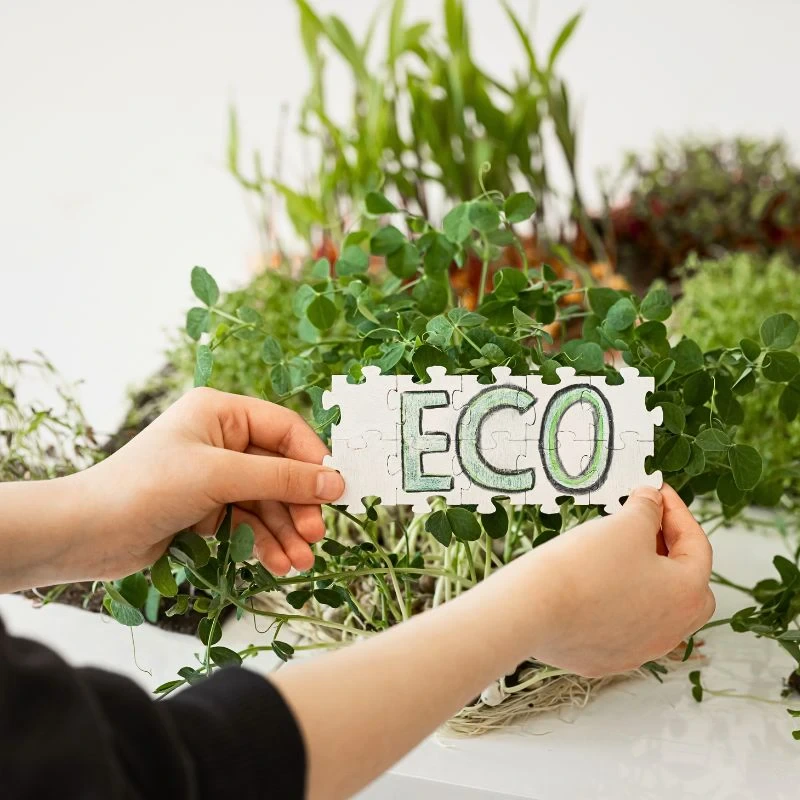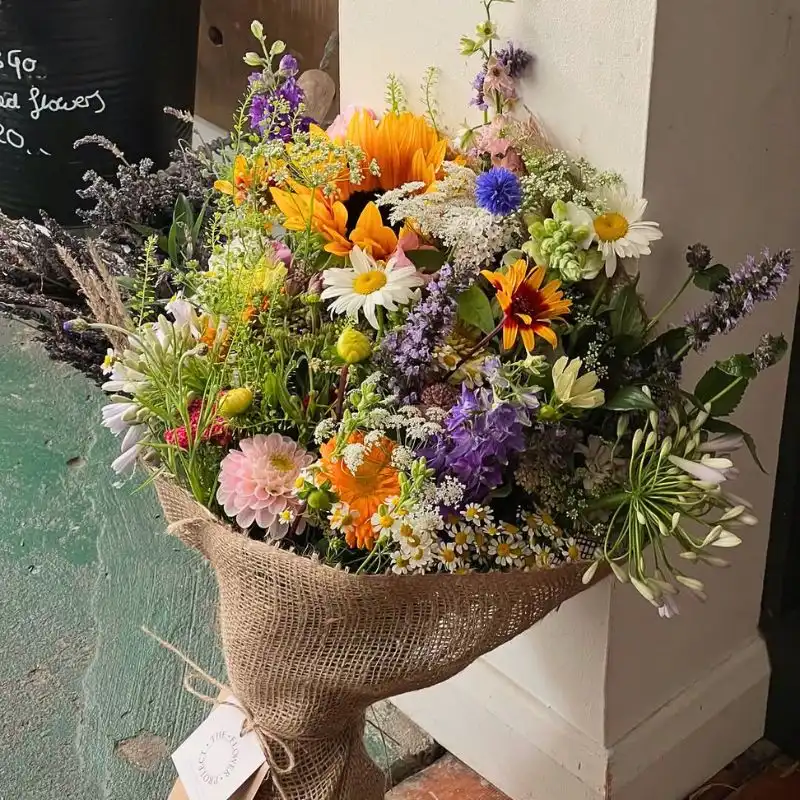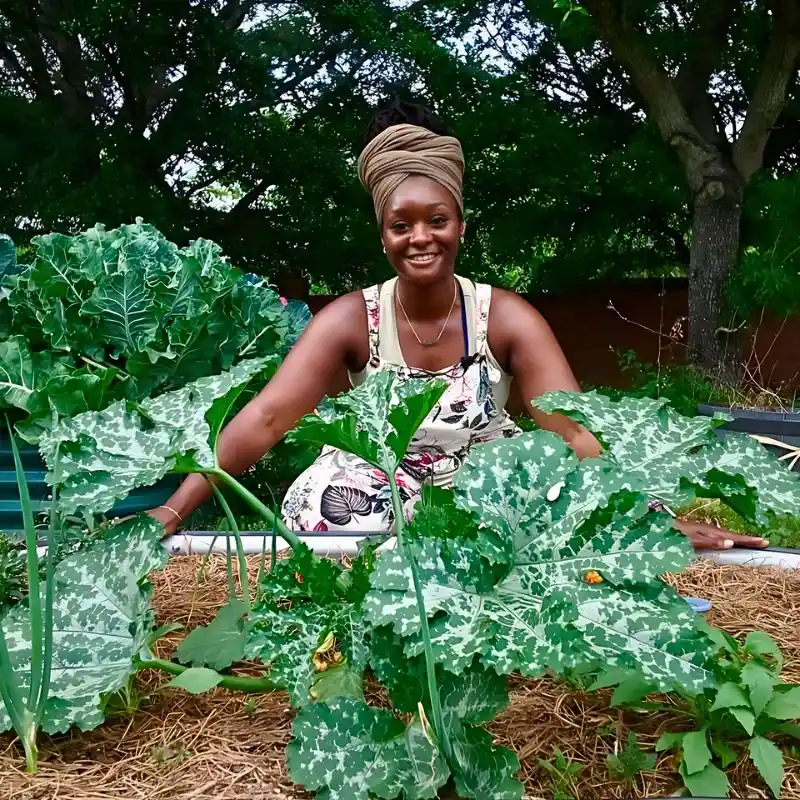The flower industry is a whole elaborate ecosystem of resource flows, labor practices, and environmental impacts that, for the most part, remain largely invisible to the end consumer. The romantic notion of floriculture often clashes with some sobering realities: refrigerated cargo jets crisscrossing continents, chemical runoff from monoculture fields, and landfills accruing synthetic foam and plastic wrappings. This hidden economy operates on linear principles—extract, produce, discard—which generates waste at every stage, from planting to the end product in a floral design.
An emerging model of zero-waste flower farming rejects this disposability mindset. It recognizes that genuine sustainability requires systemic reimagining. More than simply reducing harm, regenerative models actively restore ecosystems while optimizing efficiency, in an approach that transforms waste streams into valuable inputs, aligning economic incentives with ecological management. The approach takes into account both boutique farms and large-scale growers, which shows that circularity can work perfectly at all operational scales when founded on intentional design.
Redefining Waste in Flower Production
The journey toward zero waste begins with a fundamental redefinition of what constitutes ‘waste.’ Discerning growers now view elements like surplus, inefficiency, and underused resources not as inevitable byproducts but as design failures. To fully eliminate these wastes, growers must first develop a keen eye for recognizing their many manifestations throughout their production cycles.
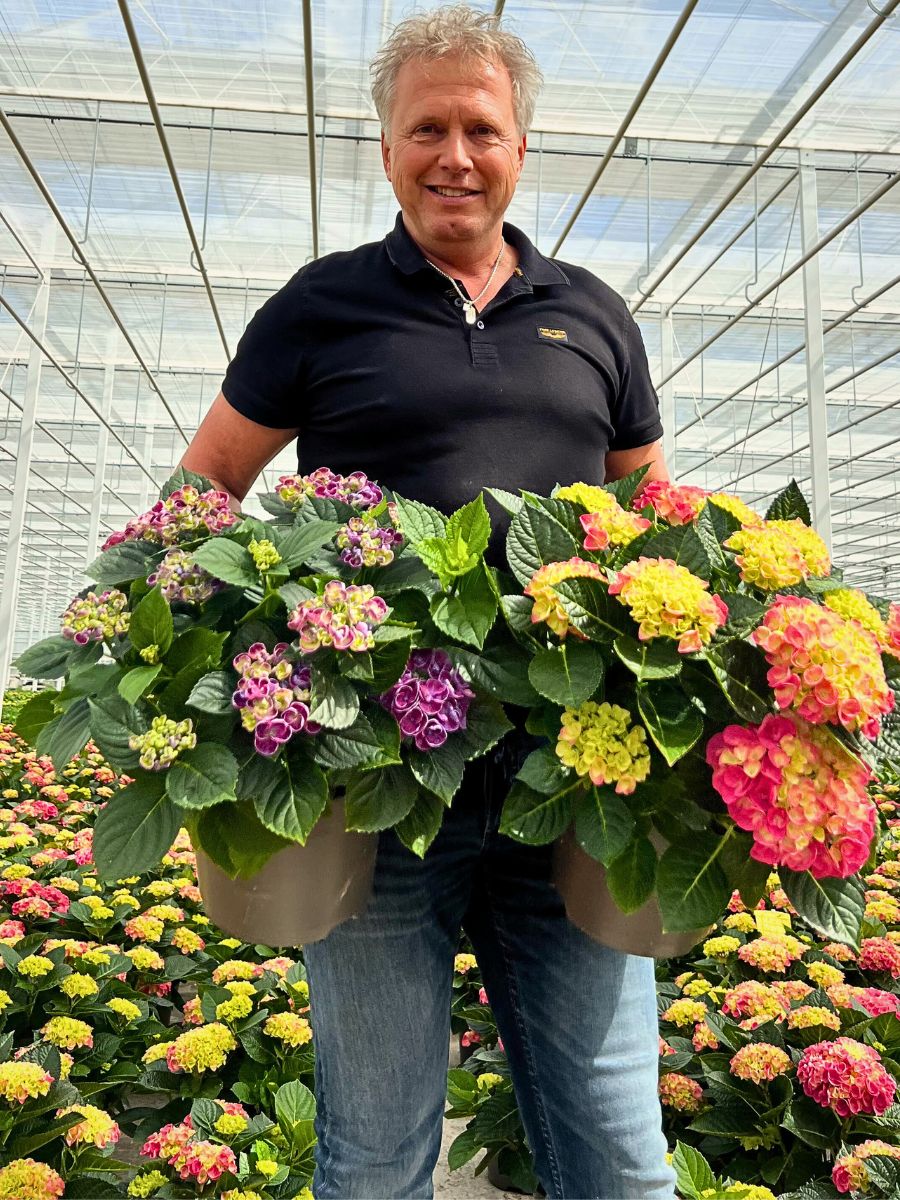
Waste can be classified broadly. These categories are, however, interconnected. Resource waste is perhaps the most apparent: excessive water runoff due to imprecise irrigation, energy lost through poorly insulated greenhouse structures or inefficient climate control systems, fertilizers leaching unused into the environment, and synthetic inputs applied prophylactically rather than precisely. Time waste also permeates operations: workers walking excessive distances due to poor farm layout, repetitive manual tasks that could be streamlined or automated, delays caused by different bottlenecks, planting, or post-harvest handling, and time spent managing problems caused by earlier inefficiencies.
There is also space waste that occurs when valuable growing areas are underutilized; perhaps due to inefficient planting densities, long turnover times between crops, or areas dedicated to storing waste products instead of productive plants. Material waste includes the obvious: unsellable flowers, stems, leaves, and roots, but also encompasses single-use plastics, including pots, sleeves, or tags, discarded growing media, and obsolete or broken equipment. Finally, the waste of human potential is critical. Here, skills are underutilized, worker feedback is unheeded, or unsafe and inefficient processes lead to fatigue. Recognizing these diverse forms of waste is the crucial first step towards their systematic elimination.
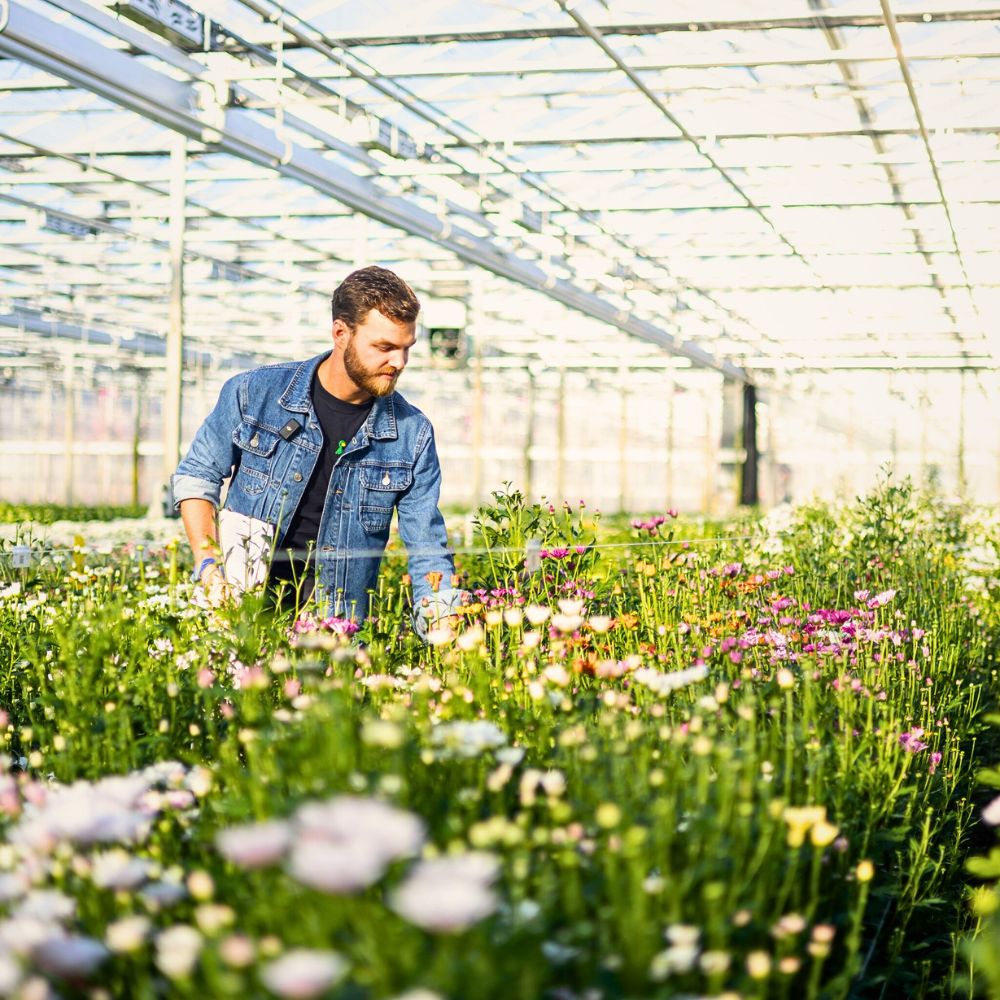
The Philosophy of Zero-Waste Floriculture
Zero-waste flower production represents a comprehensive philosophy that challenges conventional floricultural production models by methodically identifying and eliminating sources of waste throughout the cycle. It redefines how flower producers conceptualize their entire production ecosystem, moving past traditional linear models toward circular systems that maximize value extraction from every input. This idea recognizes that waste represents untapped potential and economic inefficiency, driving producers to develop innovative solutions that transform discarded resources into profitable secondary products.
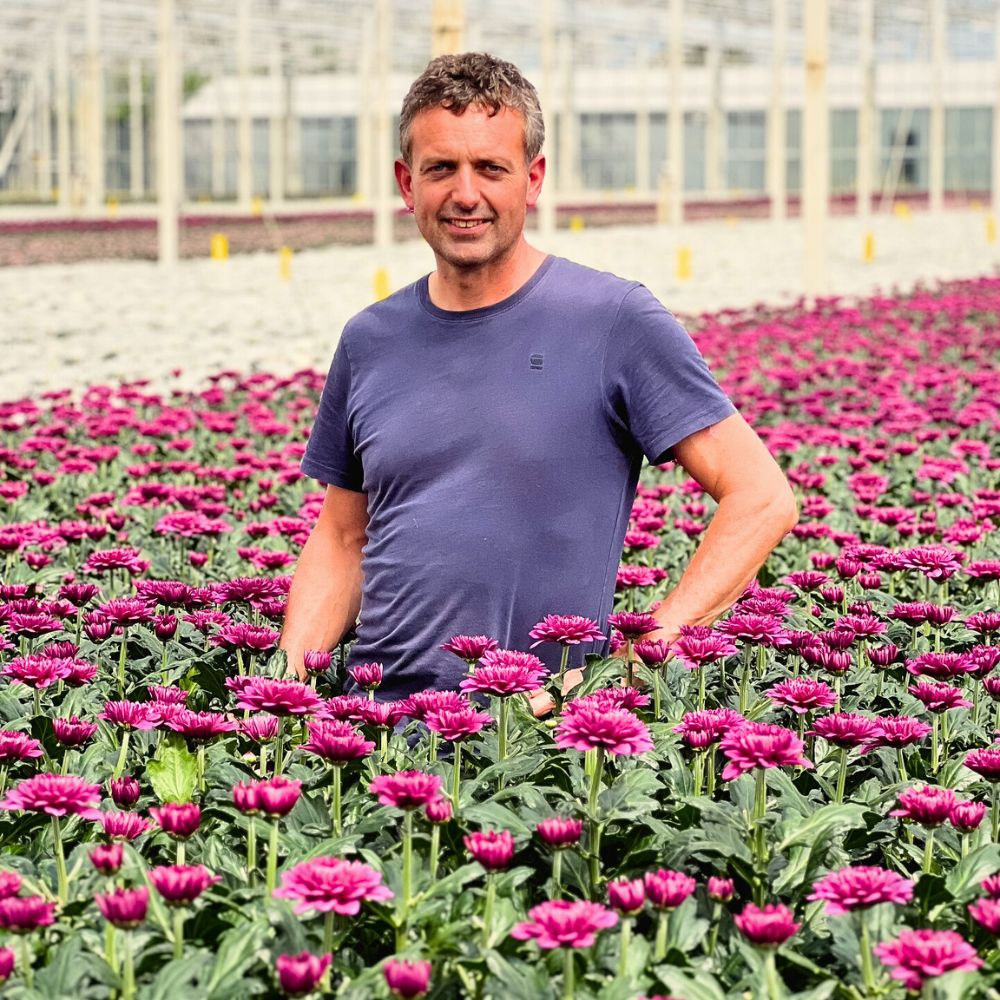
From planting to final product delivery, modern floriculture enterprises are implementing some sophisticated strategies that transform potential waste streams into valuable resources, creating circular economic models that benefit producers, consumers, and the environment simultaneously. This comprehensive approach addresses waste in all its forms, including material waste, time inefficiencies, space underutilization, resource overconsumption, and energy squandering. It establishes new standards for sustainable floricultural practices that other industries increasingly seek to emulate. The approach also encompasses comprehensive strategies that optimize resource utilization, minimize environmental impact, and enhance operational efficiency while maintaining the aesthetic quality that defines exceptional floral products.
Operating farms across several African countries, grower Marginpar, for instance, embodies this concept through their HAMUKA philosophy—a Swahili acronym translating to "We do not want waste at Kariki." It operationalizes the Japanese Kaizen principle of continuous improvement through employee empowerment at all levels. It trains staff to identify and eliminate muda (waste) using the TIMWOODS framework—targeting Transportation, Inventory, Motion, Waiting, Overproduction, Overprocessing, Defects, and non-utilized Skills—thus achieving significant production increase without expanding land or headcount.

Like Marginpar, the comprehensive nature of zero-waste implementation requires producers to examine every aspect of their operations through a sustainability lens, identifying opportunities for improvement that might have been overlooked. This systematic approach encompasses everything from optimizing planting schedules to minimize overproduction, implementing precision irrigation systems that eliminate water waste, and developing innovative packaging solutions that reduce environmental impact while maintaining product integrity. Effective waste management through composting has also become an essential step towards creating sustainable and resilient floriculture ecosystems that transform organic leftovers into valuable assets
This mindset shift also manifests practically at boutique farms. Some smaller growers like Virginia’s Westwind Flowers treat soil as living capital rather than an inert medium. Such growers’ strategies, including cover cropping—including using crimson clover and buckwheat between cash crops—prevent nutrient leaching, suppress weeds, and build organic matter. The clover’s nitrogen-fixing roots replace synthetic fertilizers, while buckwheat blooms attract predatory insects that reduce pesticide needs. Here, waste elimination means preventing the very need for external inputs.
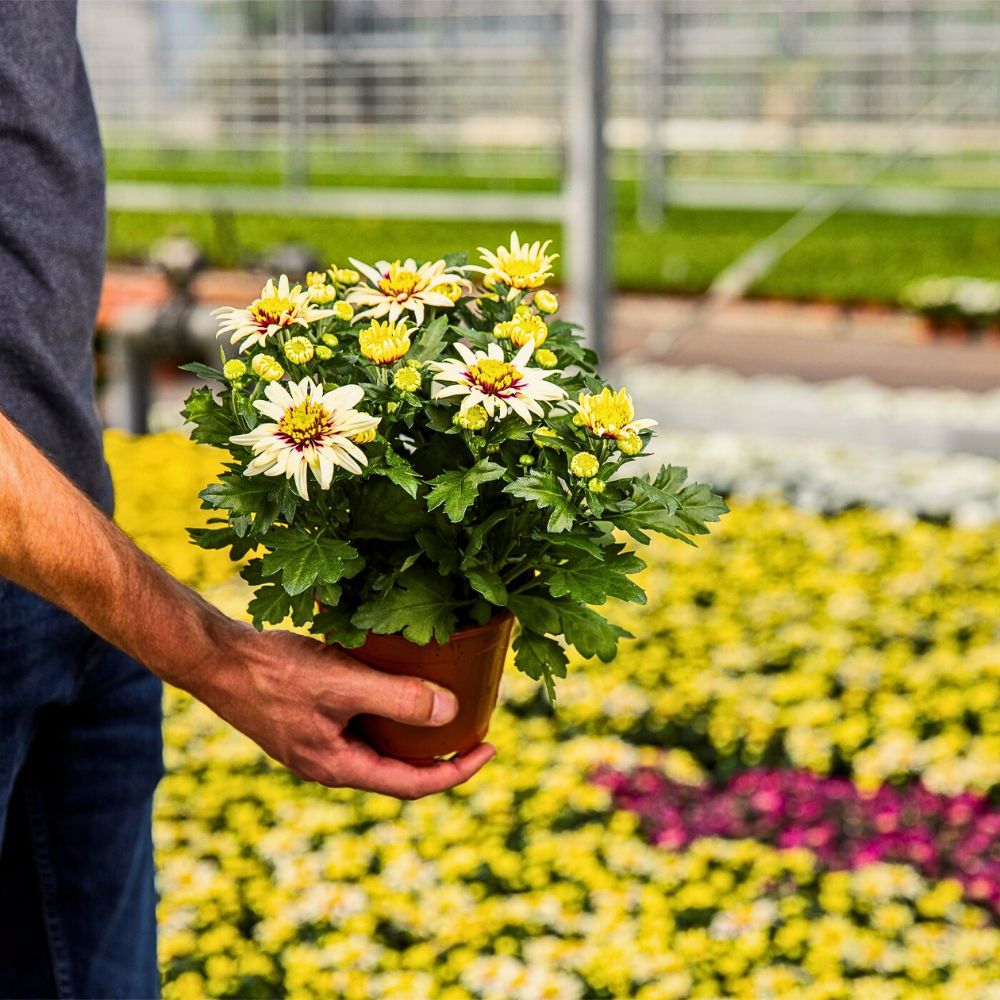
Closed Loops - Soil, Water, and Biological Synergies
Soil health forms the substance of circular floriculture. Going back to Marginpar’s farms, organic waste undergoes metamorphosis: stems, leaves, and unsold flowers enter composting systems where microbial alchemy turns them into humus-rich soil amendments. This replaces synthetic fertilizers while sequestering carbon, closing the nutrient loop. The farms further mimic natural ecosystems through sophisticated crop rotations that disrupt pest cycles, reducing reliance on chemical controls. When intervention is necessary, Integrated Pest Management (IPM) prioritizes other solutions. Their staff (value adders) are trained to spot and flag pest sightings with colored markers, enabling precise biocontrol applications only where needed. As their agronomist Bobby Sandeman explains: “Our motto is biology first, chemistry last”.
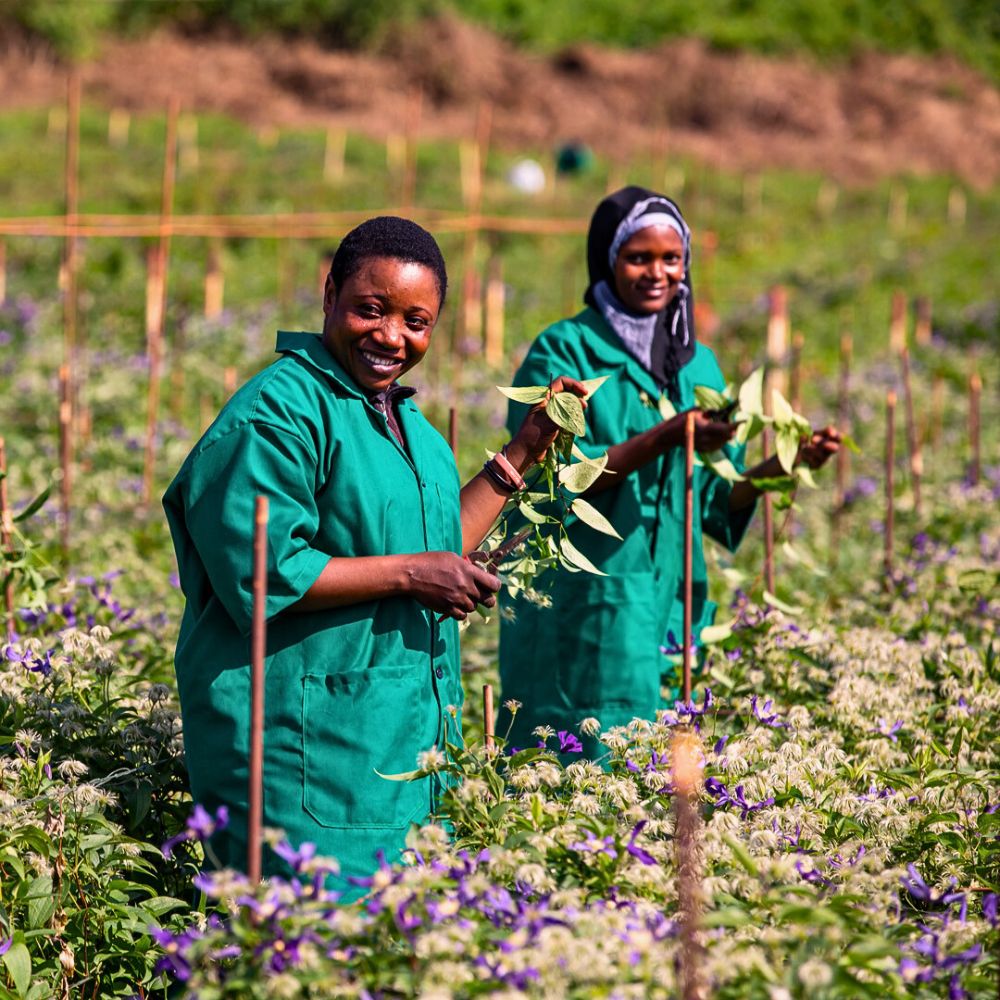
Water, another key resource in flower production, flows through engineered cycles. Some growers like Kisima Floriculture in Kenya have constructed wetlands that capture runoff from packing houses and irrigation systems, channeling it through vertical flow beds and gravel filtration ponds. Aquatic plants metabolize residues, and water quality is monitored through ecological indicators—frogs and fish inhabiting irrigation dams become proof of purity. This closed-loop system significantly reduces freshwater extraction compared to conventional irrigation. Completing this, sensor-based aqua check units precisely monitor soil moisture, ensuring hydration reaches plant root zones without excess.
Efficiency Ecosystems - Space, Energy, and Human Potential
Spatial efficiency represents another aspect of zero-waste floriculture. Many small growers maximize output on roughly under one acre through bio-intensive planting and succession harvesting. Meanwhile, large farms leverage technology for precision. Inventory management software minimizes overproduction and spoilage by aligning planting with real-time demand signals. Cloud-based systems integrate sales data, enabling accurate forecasting that reduces ‘crop waste’ from unsold inventory.
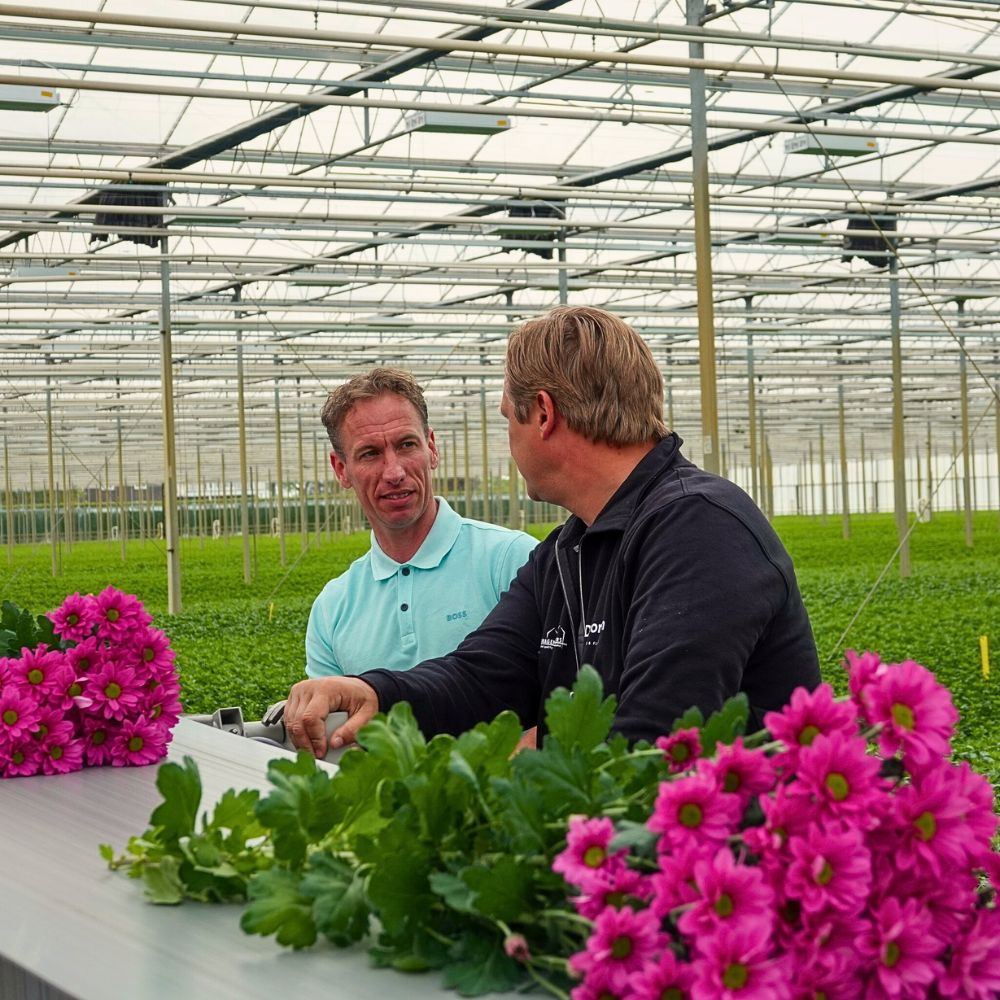
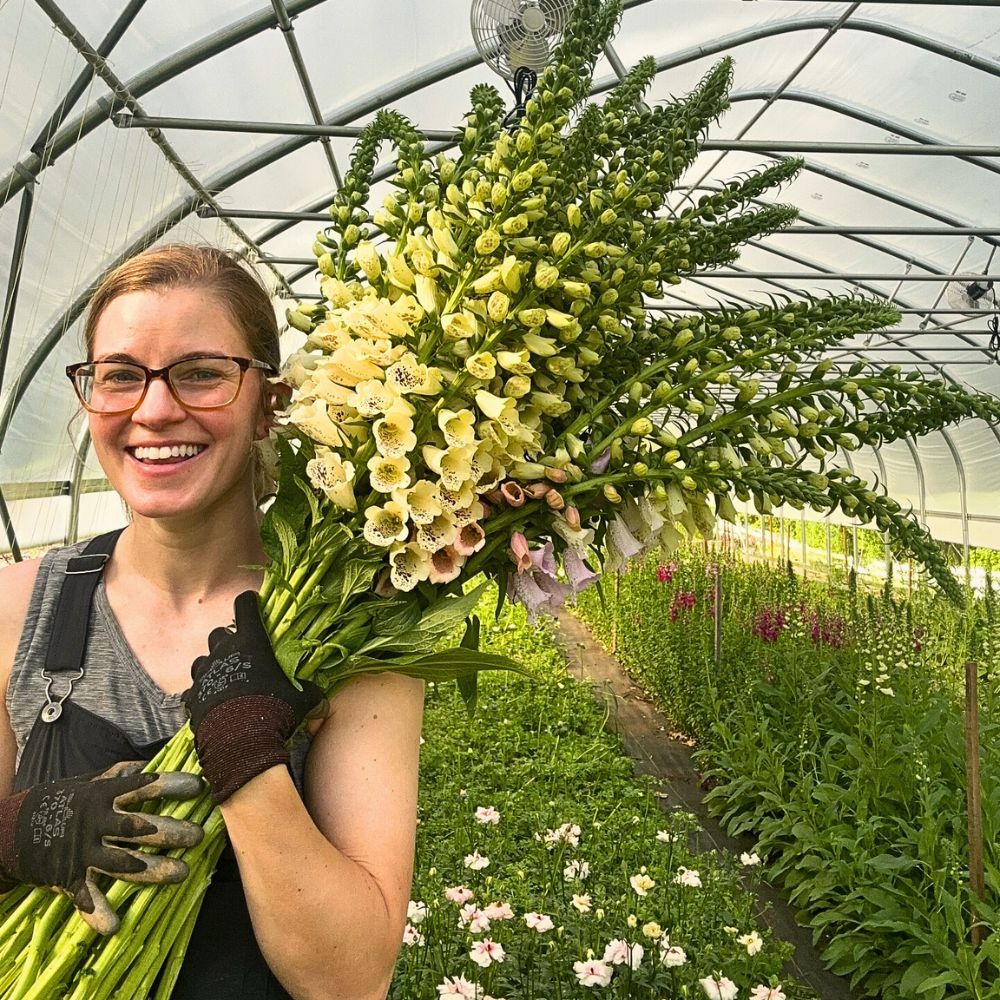
Even more, in a zero-waste floriculture production system, energy waste shrinks through renewables. Solar panels now power cold storage and lighting systems across progressive farms, while energy-efficient LEDs replace conventional grow lights. Practically all growers now have solar panels installed on their farms, meaning an efficient energy supply. Perhaps most transformative is the optimization of human potential. Kaizen’s empowerment ethos at Marginpar cultivates a culture where frontline workforces identify inefficiencies and help prototype solutions. All flower farm employees know their roles and, even without direct supervision, everything runs smoothly and uninterrupted. This social sustainability component shows that valuing human capital is part and parcel of resource management.
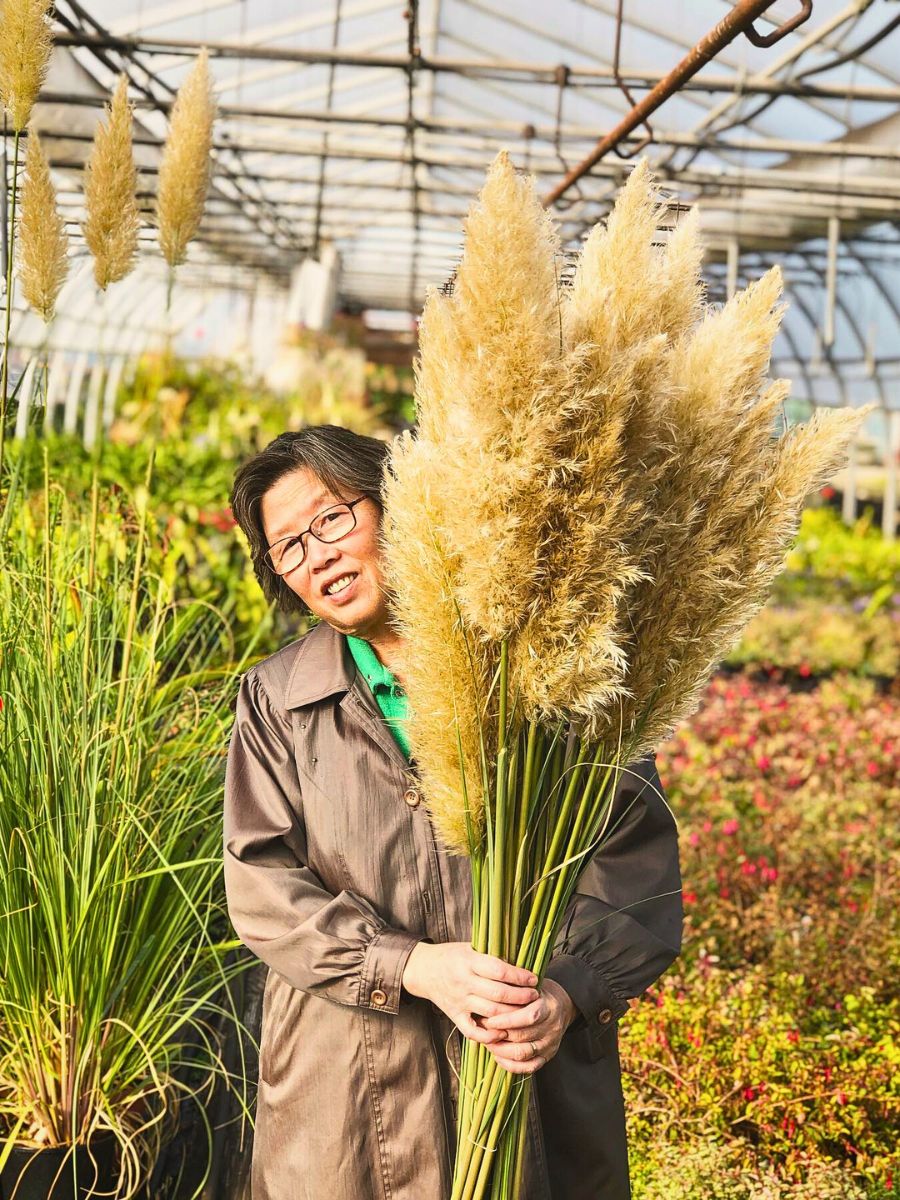
Packaging, Logistics, and Consumer Engagement
Zero-waste floricultural production extends to post-harvest. Innovations now replace resources like floral foam with compostable alternatives like Agra wool, reusable mechanics like chicken wire, or plant-based supports like moss and willow. Some even use ‘naked bouquets’ while others utilize vintage tins, fabric pouches, or seed paper wraps that customers can plant. When it comes to logistics, optimization cuts carbon waste. Locally focused models, like Slow Flowers Society supporters, reduce food miles compared to imports. When long-distance transport is unavoidable, the ‘just-in-time’ (JIT) inventory system minimizes resource waste.
Consumer engagement completes the circle. You’d often find progressive flower suppliers running vase return programs, offering composting guidance, and educating clients about seasonal availability. The British Florist Association, for instance, encourages labeling arrangements with disposal instructions, while some workshops teach customers to repurpose stems into dyes or potpourri. This instructive component makes buyers active participants in waste reduction.
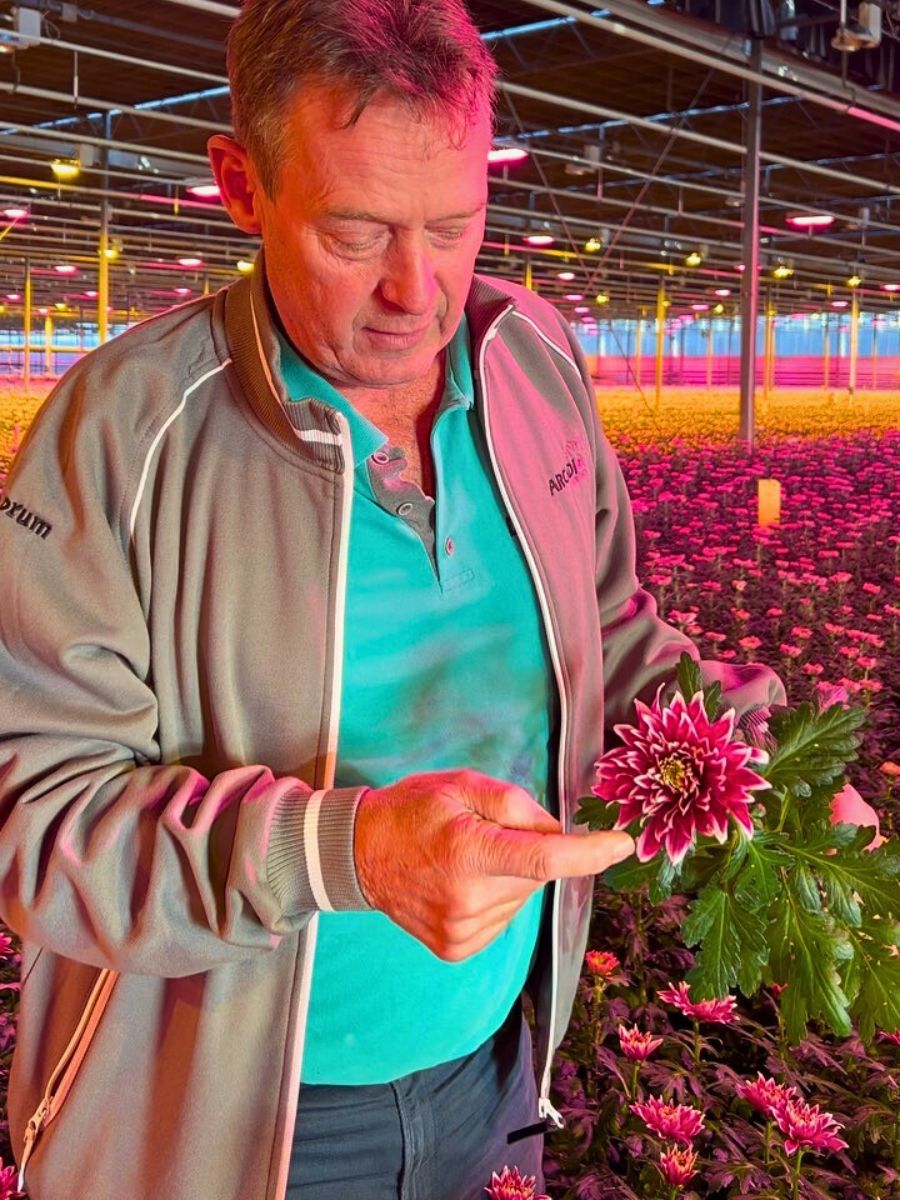
Benefits of Zero-Waste Floriculture
The move toward zero-waste flower production yields benefits extending past the farm gate. For the floral industry as a whole, it creates enhanced resilience and reputation. Significantly reducing reliance on volatile external inputs means flower farms become less vulnerable to price spikes and supply chain disruptions. Water efficiency also becomes increasingly essential as climate change impacts water security. Minimizing waste directly translates into lower operational costs per stem, which saves on different resources like water, energy, time, and others, hence boosting profitability. Furthermore, as consumer awareness of environmental and social responsibility grows, demonstrably zero-waste practices become an effective market differentiator, enhancing brand value and securing premium contracts in an increasingly competitive floral market.
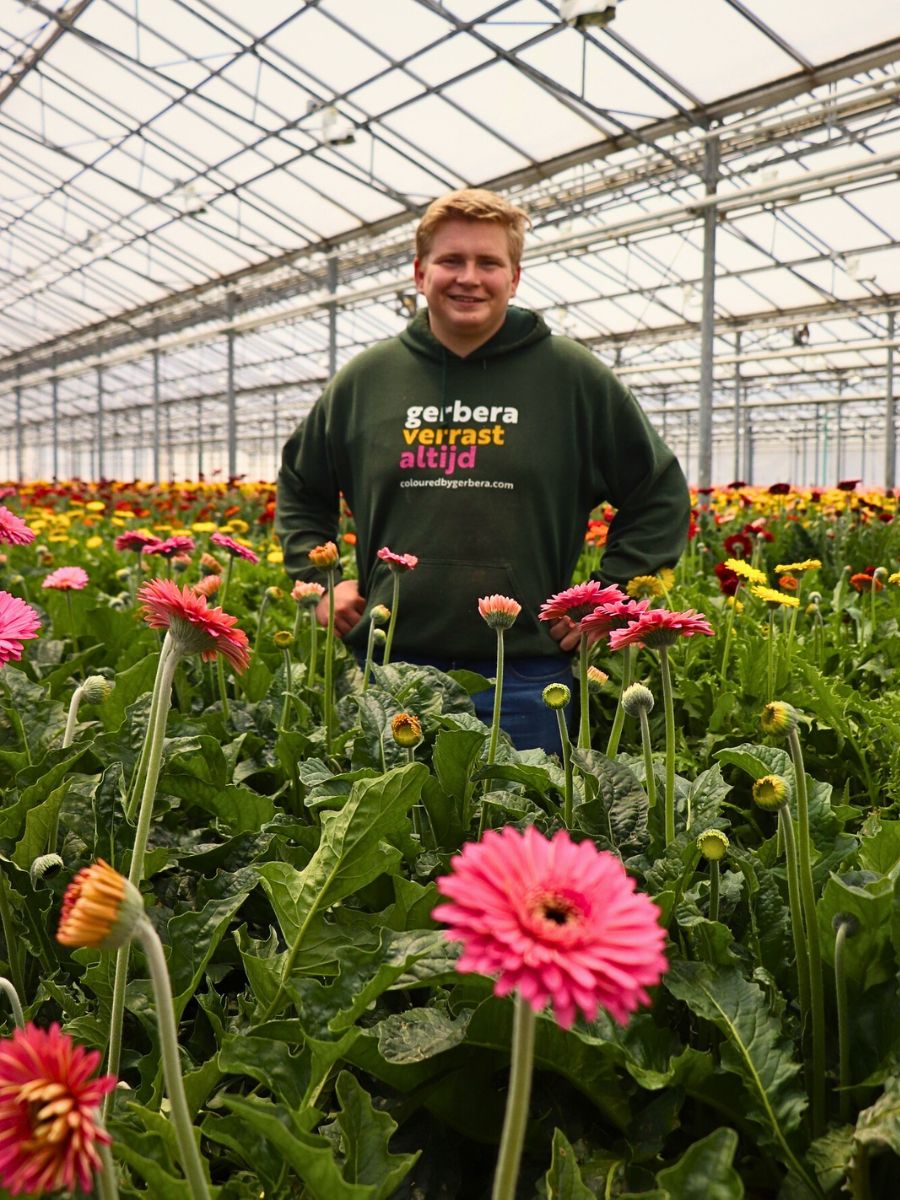
For growers, managers, and workers, the advantages are also noticeable. Reduced physical waste means lower disposal costs and potential new revenue streams. Efficiency gains also free up time and resources, allowing for expansion, diversification, or investment in further innovation. Safer working environments often result from process optimization, reducing accidents and exposure to harmful chemicals. Importantly, involving workers in waste identification and solution-finding, as exemplified by HAMUKA, boosts morale, engagement, and retention as workers feel valued for their insights and see the direct impact of their contributions to a more efficient and sustainable operation. This creates a culture of ownership and pride.
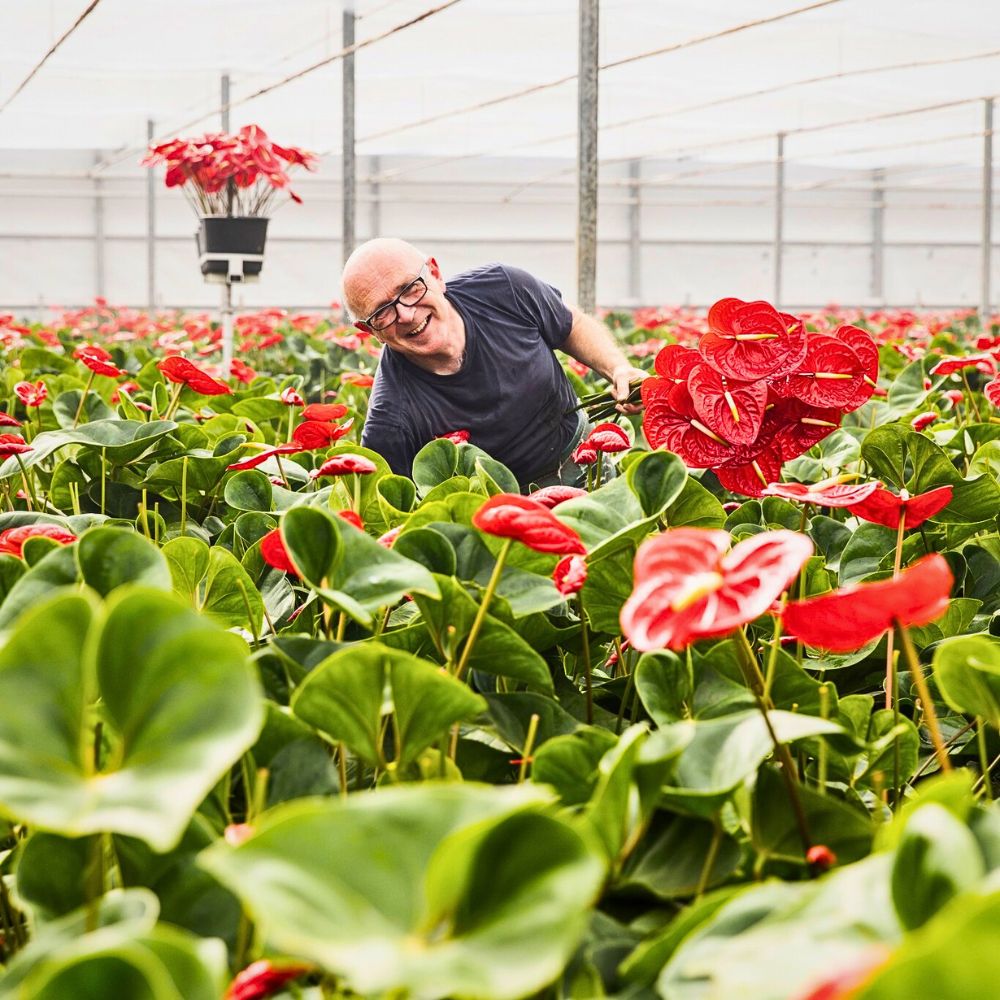
For the planet, the benefits are many as well. Reduced chemical runoff protects groundwater and aquatic ecosystems. Lower energy consumption directly correlates with decreased greenhouse gas emissions, mitigating climate change impacts. Conserving water resources is vital for local watersheds, especially in water-stressed regions where flowers are often grown. Diverting organic waste from landfills reduces methane emissions and creates valuable soil amendments instead. Efficient land use through optimized field layouts helps preserve natural habitats by reducing the pressure to expand agricultural footprints. Eliminating single-use plastics also cuts microplastic pollution and the burden on waste management systems. Ultimately, zero-waste floriculture actively contributes to regenerating natural systems rather than depleting them. This aligns floricultural practices with the need for ecological restoration.
Feature image by @plantworldnl, header image by @mps_sustainability

